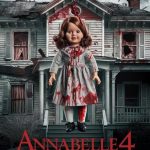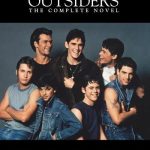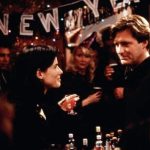The Bride (1985)
- fanmovies
- November 11, 2024

Movie Review: The Bride (1985)
The Bride, directed by Franc Roddam, is a romantic fantasy film inspired by the classic Frankenstein tale, with a twist that focuses on the concept of love and individuality. The story reimagines the creation of the “Bride of Frankenstein,” played by Jennifer Beals, who is brought to life by the obsessive Dr. Frankenstein (Sting) as an ideal companion for his previous creature, Viktor (Clancy Brown). However, the Bride, who is named Eva, rejects Viktor, leading to a tale of self-discovery, unrequited love, and tragedy.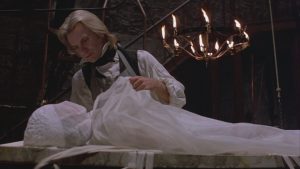
Jennifer Beals brings a fresh, ethereal quality to Eva, capturing her innocence and wonder as she navigates a world she is experiencing for the first time. Beals’ portrayal reflects Eva’s desire for independence, as she learns to think and feel for herself. Sting’s Dr. Frankenstein is portrayed as a distant, somewhat self-centered figure who envisions himself as Eva’s creator and mentor but struggles with her desire for freedom and individuality. Clancy Brown, as Viktor, brings a compelling mix of strength and vulnerability to his role, making Viktor a sympathetic character as he endures rejection and sets out on his own journey of self-acceptance.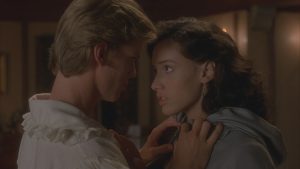
The film explores themes of creation, identity, and the limitations of control, presenting Eva’s and Viktor’s paths as contrasting quests for belonging and purpose. The relationship between Viktor and a kind circus dwarf named Rinaldo (David Rappaport) is one of the film’s highlights, as the two form a genuine, heartwarming friendship. This subplot adds depth to the film, showcasing the power of companionship and acceptance.
Visually, The Bride embraces Gothic and romantic aesthetics, with lush costumes and atmospheric settings that capture the mood of Victorian Europe. The film’s cinematography and production design create a fairy-tale ambiance, though its pacing can feel slow at times, focusing more on character development and themes than on action or horror. This approach may appeal to fans of Gothic romance but might leave horror enthusiasts wanting more.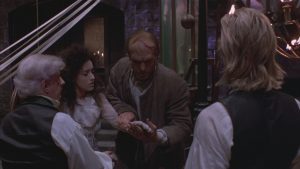
While The Bride takes liberties with the original Frankenstein story, it brings a unique perspective by emphasizing character relationships and personal growth. The film’s philosophical undertones about love, autonomy, and acceptance give it an emotional depth that, while subtle, resonates with viewers open to a softer, more reflective interpretation of the Frankenstein myth.
In summary, The Bride is a visually enchanting and introspective adaptation that leans more toward romance and drama than horror. Its emphasis on character-driven storytelling and lush Gothic elements makes it a unique retelling that will appeal to those interested in fantasy and romantic reimaginings of classic tales. While not without flaws, it’s a memorable exploration of humanity, creation, and the desire to love and be loved.
